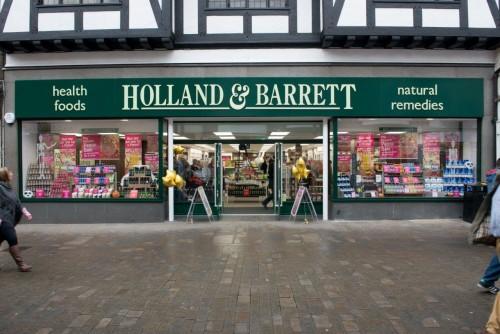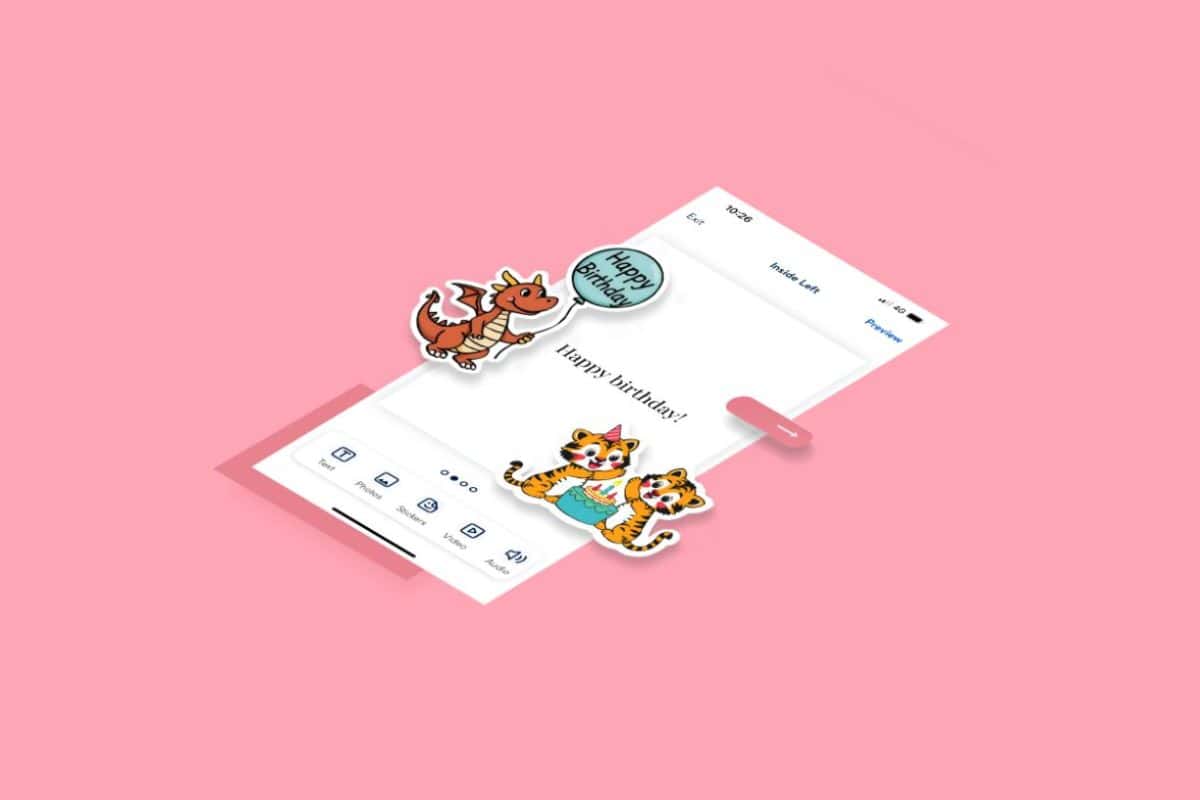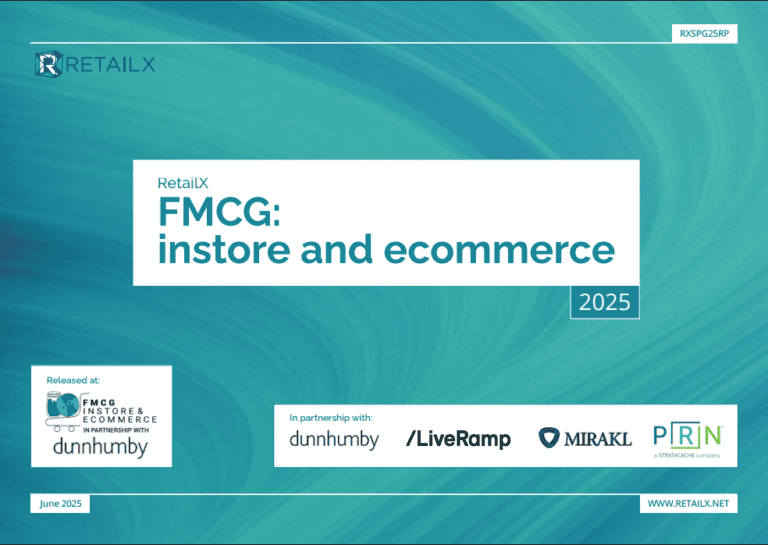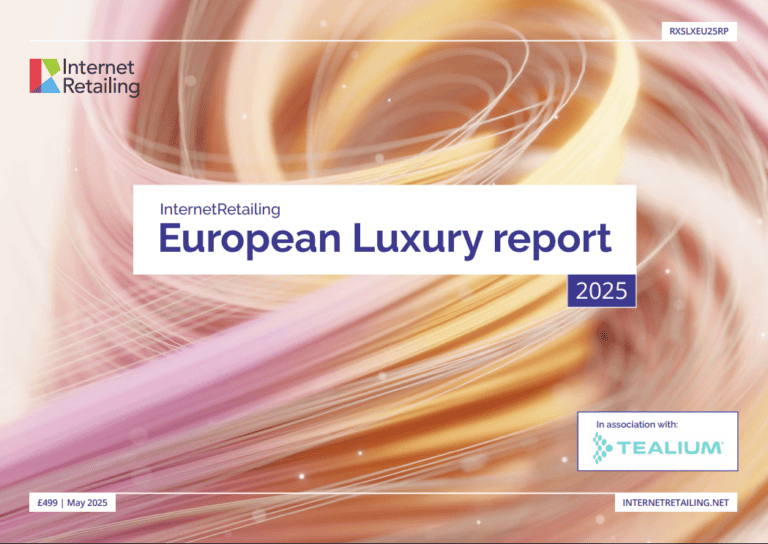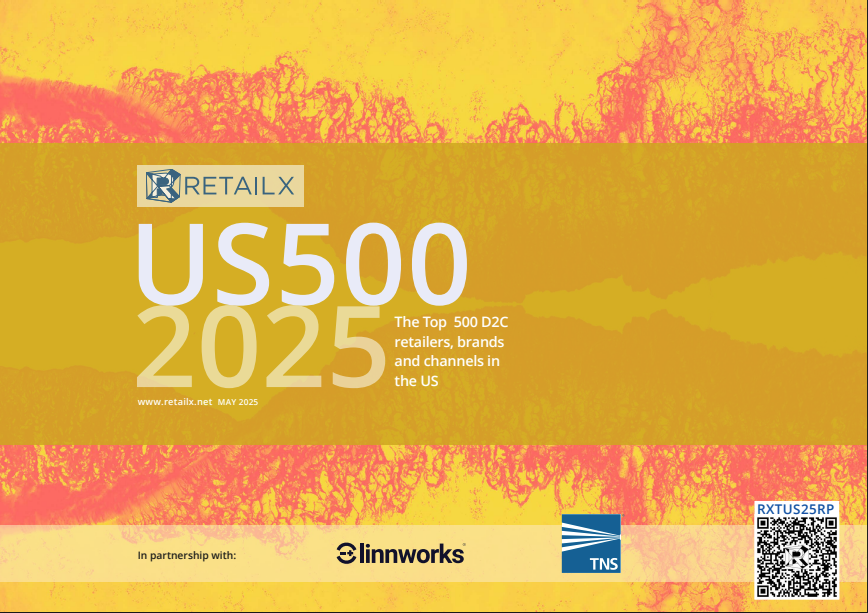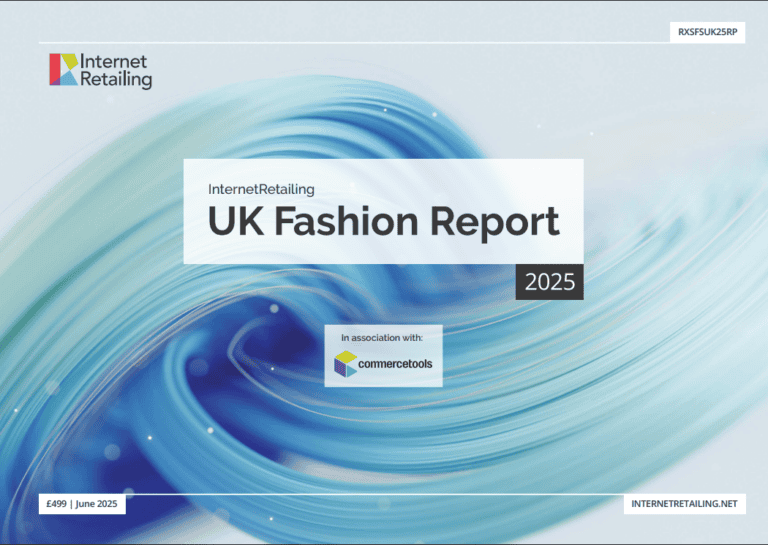Holland & Barrett aims to be a £1bn-turnover business by 2020. In the latest IRUK Top500 performance dimension report on strategy and innovation, out now, Chloe Rigby asked ecommerce director Emma Mead about what roles omnichannel and digital retailing are set to play in realising that ambition.
WHEN HOLLAND & BARRETT celebrates its centenary in 2020, it could also mark a financial and strategic milestone by turning over £1bn for the first time. It’s an ambitious vision for the company, which is part of the private equity-owned NBTY Group. For when it set that target at the end of its last financial year, its revenues were £573.8m – a little more than half of that figure.
The Holland & Barrett of 2020 will sell in very different ways from the business of 1920. Its stores remain at the heart of the business – just 10% of sales are currently online – but the health and wellbeing retailer, a Top150 trader in IRUK Top500 research, is taking a targeted approach to omnichannel trading as it looks to satisfy its customers’ demands.
Emma Mead, director of ecommerce, leads a growing team tasked with providing a highly strategic approach to omnichannel. In the nine months since she joined the business the focus has been on recruiting skilled digital staff and ensuring the right foundations are in place. Mead says the business has been “a very fast follower of all the concepts that other people have had out there”. She adds: “We’ve fully rolled out click and collect to all 760 stores, and we’ve got the capability of being very nimble in the way that we test and learn from an online perspective.” When research showed that a small group of customers, working long hours and not able to visit a store, was significantly dissatisfied with delivery options, the retailer responded by working with InPost to offer locker collection – one example of how customer insight is helping the team to set priorities and achieve targeted goals.
CONNECTED COMMERCE
From here, the focus is on growing online sales while understanding and developing the way that digital influences the offline business. The aim is connected commerce, where customers can move seamlessly between sales channels in the course of their purchases. That’s important since, “The customers that engage with us through many channels are our most valuable customers,” says Mead. “It’s their frequency and their lifetime value that we focus on.”
Click here to read this interview in full. And here to browse the IRUK Top500 Strategy and Innovation performance dimension report.
